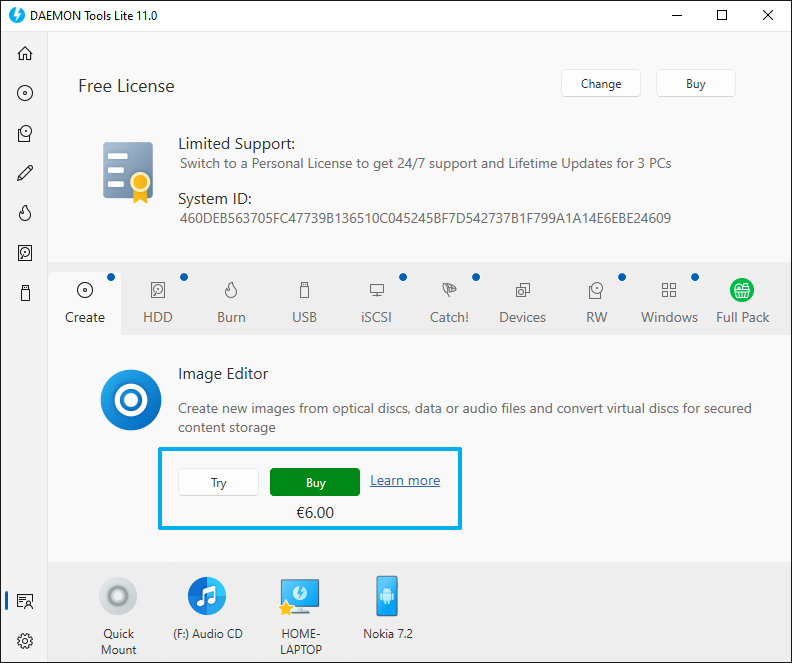

This filtering allows for capture of images in normal lighting conditions. To compensate, standard cameras have an IR filter inserted in order to filter out the IR light and capture more of the visible light spectrum. The standard camera module for the Pi, like most all digital cameras, is very sensitive to infrared light.
Code activation time lapse tool full#
The Full Extent group defines the time extent to set the slider bar when you click the Full Extent button. When the slider thumbs get to the end of the slider bar, playback will continue in the opposite direction and stop. You can optionally set it to repeat and loop playback in the same direction. When the slider thumbs get to the end of the slider bar, by default, the controls stop. Set whether playback begins by moving forward or backward in time. This option adjusts the amount of time to pause at each time step before moving to the next step. Set the relative speed of the visualization using this slider. Step the time slider Start and End thumbs forward or backward according to the current time settings. Click Pause to stop playing and leave the slider controls in the last played position. Turn on time snapping and configure the time unit, such as days or years, as the interval at which snapping occurs.Īutomatically play all steps from the current position of the slider thumbs to the edge of the slider extent. If you have multiple layers in your map that have time interval layer properties configured, choose from the list. The time-step interval for the layer can be regular (temperature gauge) or irregular (earthquakes) and controls how the time-slider moves through the data. This option is enabled after setting the time interval layer properties for the layer and Time Snapping is unchecked. Use this option to step through the map's time slider using a layer-defined offset. The time unit will be locked if Time Snapping is enabled. It is defined using a value (.5, 1, 100, and so on) and a time unit (Seconds, Months, Years, and so on). Use this option to set the step to an explicit amount of time. The slider is divided into the specified number of steps as you move through the time extent. Use this option to set the step to a relative amount of time. The Step group provides options to set the amount of time to move when using the Next or Previous step commands, or during playback. You can set the visible time span to include values less than but not including the end time, or include values less than or equal to the end time. You can set the visible time span to include values greater than but not including the start time, or include values greater than or equal to the start time.

The time slider applies the temporal extent filter to all time-aware layers in the map. This supports cumulative playback of temporal data within the map, either forward or backward in time, based on which end of the time span is locked. In addition, during playback, the control will not move. When the control is locked, it cannot be moved by dragging the control. Use this option to lock the start or end time at a specific time. If both are disabled, this is equivalent to disabling time or showing all time. When the end time is disabled, the map time is represented as all time after the start time. When the start time is disabled, the time in the map is represented by all time before the end time. Use the button next to the date-time picker to Disable or Enable the corresponding time slider control. The span remains constant as you step through the time slider. The visible time span for the map, which is the difference between the start and end times. Type directly in the text box or click the date-time picker to choose year, month, date, and time. Set the map time to a specific date and time.


 0 kommentar(er)
0 kommentar(er)
